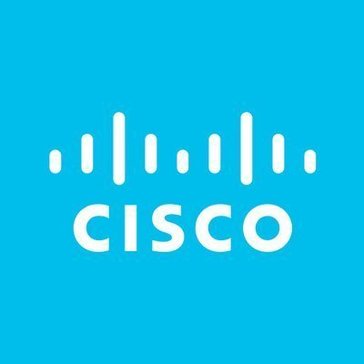Cisco Meraki and Sellix integration
Save yourself the work of writing custom integrations for Cisco Meraki and Sellix and use n8n instead. Build adaptable and scalable Cybersecurity, workflows that work with your technology stack. All within a building experience you will love.

How to connect Cisco Meraki and Sellix
Create a new workflow and add the first step
In n8n, click the "Add workflow" button in the Workflows tab to create a new workflow. Add the starting point – a trigger on when your workflow should run: an app event, a schedule, a webhook call, another workflow, an AI chat, or a manual trigger. Sometimes, the HTTP Request node might already serve as your starting point.
Build your own Cisco Meraki and Sellix integration
Create custom Cisco Meraki and Sellix workflows by choosing triggers and actions. Nodes come with global operations and settings, as well as app-specific parameters that can be configured. You can also use the HTTP Request node to query data from any app or service with a REST API.
Supported API Endpoints for Cisco Meraki
Get Organizations
List the organizations that the user has privileges on.
Create Organization
Create a new organization.
Get Organization
Return an organization.
Update Organization
Update an organization.
Delete Organization
Delete an organization.
Get Networks
List the networks in an organization.
Create Network
Create a new network.
Get Network
Return a network.
Update Network
Update a network.
Delete Network
Delete a network.
Get Devices
List the devices in a network.
Claim Device
Claim a device into a network.
Get Device
Return a device.
Update Device
Update the attributes of a device.
Remove Device
Remove a device from a network.
Get Clients
List the clients that have used this network in the timespan.
Get Client
Return the client associated with the given identifier.
Update Client Policy
Update the policy assigned to a client.
Provision Client
Provisions a client with a name and policy.
Get Client Usage History
Return the client's daily usage history.
To set up Cisco Meraki integration, add the HTTP Request node to your workflow canvas and authenticate it using a predefined credential type. This allows you to perform custom operations, without additional authentication setup. The HTTP Request node makes custom API calls to Cisco Meraki to query the data you need using the URLs you provide.
Take a look at the Cisco Meraki official documentation to get a full list of all API endpoints
Supported API Endpoints for Sellix
Get current shop
Retrieve details about the current shop.
Create payment
Initiate a new payment process.
Complete payment
Finalize a previously initiated payment.
Cancel payment
Abort an ongoing payment process.
Get order
Retrieve details about a specific order.
List orders
Retrieve a list of all orders.
Replace orders
Replace an existing order with new data.
Update orders
Modify the details of an existing order.
Update custom fields
Updates custom fields for an existing order.
Get customer
Retrieve details about a specific customer.
Create customer
Add a new customer to the system.
List customers
Retrieve a list of all customers.
Update customer
Modify the details of an existing customer.
Get subscription
Retrieve details about a specific subscription.
Create subscription
Add a new subscription to the system.
List subscriptions
Retrieve a list of all subscriptions.
Cancel subscription
This endpoint cancels an existing subscription.
Check license
This endpoint checks the validity of a license.
To set up Sellix integration, add the HTTP Request node to your workflow canvas and authenticate it using a generic authentication method. The HTTP Request node makes custom API calls to Sellix to query the data you need using the API endpoint URLs you provide.
See the example hereThese API endpoints were generated using n8n
n8n AI workflow transforms web scraping into an intelligent, AI-powered knowledge extraction system that uses vector embeddings to semantically analyze, chunk, store, and retrieve the most relevant API documentation from web pages. Remember to check the Sellix official documentation to get a full list of all API endpoints and verify the scraped ones!
Cisco Meraki and Sellix integration details
FAQ
Can Cisco Meraki connect with Sellix?
Can I use Cisco Meraki’s API with n8n?
Can I use Sellix’s API with n8n?
Is n8n secure for integrating Cisco Meraki and Sellix?
How to get started with Cisco Meraki and Sellix integration in n8n.io?
Looking to integrate Cisco Meraki and Sellix in your company?
The world's most popular workflow automation platform for technical teams including
Why use n8n to integrate Cisco Meraki with Sellix
Build complex workflows, really fast


